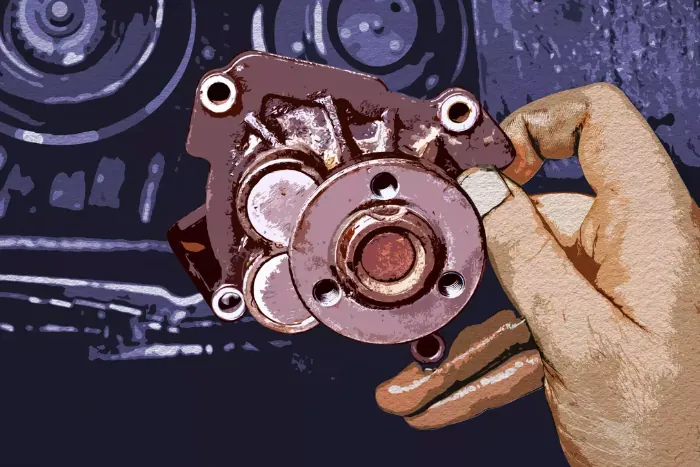Understanding Water Pumps: Types, Usage, and Safety Measures

When faced with the task of removing water from an area, employing a Water Pump proves to be a swift and efficient solution. Whether addressing flooding, clearing a pond, or emptying a swimming pool, a water pump is an indispensable device facilitating the seamless movement of water from one location to another.
Types of Water Pumps
Water pumps come in various types, each suited for different scenarios. The primary distinctions lie between submersible and surface pumps. For tasks involving significant volumes of water, such as dewatering construction sites or clearing trenches, centrifugal or trash pumps are preferred due to their ability to handle debris present in the water.
Surface Water Pump
Designed to operate outside the body of water, a surface water pump draws water through a suction hose attached to the pump, making it ideal for scenarios where the pump needs to be situated away from the water source.
Submersible Water Pump
In contrast, a submersible water pump utilizes suction from a water inlet located at the base of the machine. It is submerged directly into the water source, making it suitable for applications where the pump needs to be placed within the water.
Safety Measures for Water Pump Usage
Prioritize safety when operating water pumps by adhering to the following guidelines:
Protective Gear: Wear appropriate protective gear, including eye protection, sturdy gloves, and steel toe boots, to mitigate the risk of injuries.
Power Source Precautions: Whether powered by electricity or fuel, such as petrol or diesel, always switch off the pump before repositioning it to minimize accidents.
Steps to Use Surface Water Pump
Set Up: Position the pump on a flat, dry surface near the water source, ensuring stability.
Hose Connection: Attach the suction hose to the water inlet valve and the discharge hose to the output valve securely.
Priming: Fill the pump and suction hose with water to create the vacuum necessary for water movement.
Activation: Switch on the pump and monitor its operation.
Steps to Use Submersible Water Pump
Hose Connection: Securely attach the discharge hose to the output valve, directing water to the desired location.
Set Up: Submerge the pump into the water source, ensuring stability in the deepest part or using a stable surface.
Activation: Switch on the pump and periodically check its performance.
In summary, understanding the types and proper usage of water pumps, coupled with adherence to safety protocols, ensures efficient water management in various applications.
Why Choose SAIVS™ as Your Supplier?
Committed to innovation and customer needs, SAIVS specializes in high-quality machinery components for diverse industries like construction, mining, and agriculture. They offer a wide range of parts, including undercarriage components for popular brands, ensuring optimal performance and durability. values customer satisfaction, providing competitive prices, fast shipping, and exceptional service to keep your operations running smoothly.